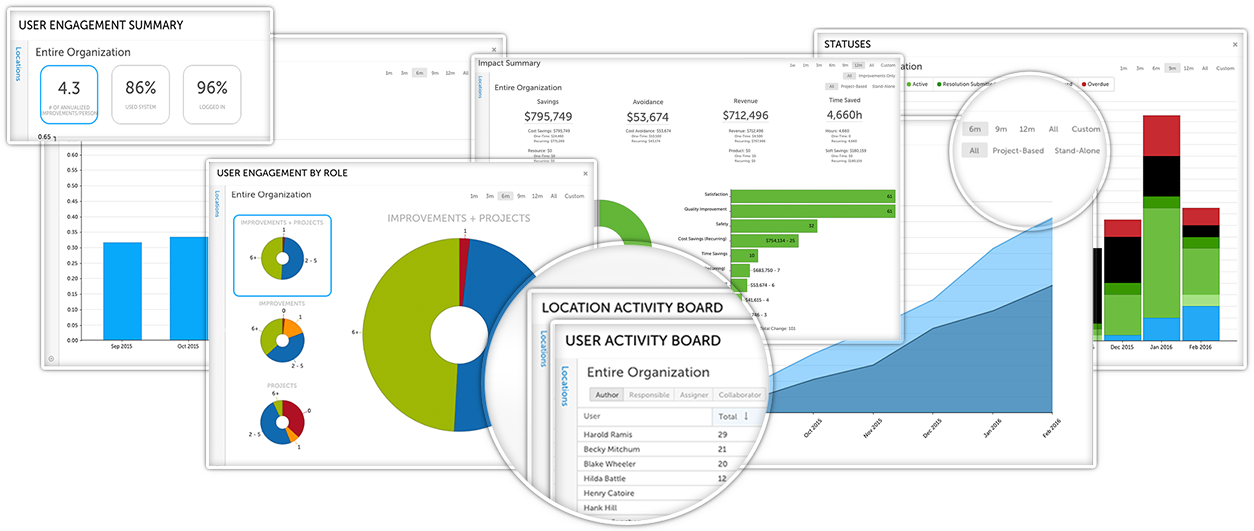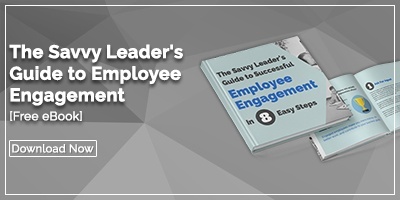 The most recent employee engagement research by Gallup resulted in a "good news-bad news" situation for employers. The good news is that employee engagement is trending up. The bad news is that it is still pretty abysmal. According to the research, 34% of U.S. employees were engaged, while 16.5% were "actively disengaged." The remaining 53% of workers are in the "not engaged" category. Gallup says these workers, "May be generally satisfied but are not cognitively and emotionally connected to their work and workplace; they will usually show up to work and do the minimum required but will quickly leave their company for a slightly better offer."
The most recent employee engagement research by Gallup resulted in a "good news-bad news" situation for employers. The good news is that employee engagement is trending up. The bad news is that it is still pretty abysmal. According to the research, 34% of U.S. employees were engaged, while 16.5% were "actively disengaged." The remaining 53% of workers are in the "not engaged" category. Gallup says these workers, "May be generally satisfied but are not cognitively and emotionally connected to their work and workplace; they will usually show up to work and do the minimum required but will quickly leave their company for a slightly better offer."
Yikes.
Why does employee engagement matter?
Organizations and divisions with low disengagement and high employee engagement simply produce better results. Organizations that can foster high levels of engagement outperform their competitors by four times when it comes to earnings per share. Emotionally invested employees lead to better customer satisfaction, higher retention rates, more productivity, a profitability boost of up to 21%, and even fewer accidents.
These benefits have made improving employee engagement an imperative for many executives. That's why many are looking for software solutions to help. Most people have little experience shopping for this kind of technology. This post will address some of the things to look for and a few categories of solutions to avoid."
Online Suggestion Boxes
One very valid instinct of engagement software buyers is to collect employee feedback and suggestions. It is not uncommon for organizations to take the old-fashioned employee suggestion box and move it online. The problem with this approach is that suggestion boxes are great for collecting information, but not well suited for acting on it. Asking employees for ideas and feedback and then doing nothing with it will almost certainly cause more harm than good.
Surveys
Probably the biggest bucket of technology that is touted as employee engagement software involves employee surveys. Some are very detailed asking employees about all aspects of work life, while others, like Employee NPS, just take the pulse of employees at any given moment. The idea is that leaders will react to this feedback and make changes that increase employee engagement and satisfaction. The problem is that this puts all of the onus on leaders to correctly assess the input and make relevant changes. This type of solution does nothing to help employees become more engaged. It's a very top-down approach. There is nothing wrong with employee surveys as an aid to engagement, but alone, they are doubtful to cause a cultural shift.
Employee Empowerment Software
The best way to increase engagement is to give employees the tools and support they need to make positive changes in the workplace. After all, it's front line employees who are operating processes and completing tasks. They know exactly what it takes to make operations more efficient, reduce defects, delight clients, and reduce expenses. The key to engagement is a sense of ownership and an emotional connection to the work. Software can help pull people into the act of improvement. Look for solutions that support:

Opportunity capture – It should be easy for any employee to report an opportunity for improvement. Ideally, they should be able to do it online from any device. This differs from an online suggestion box because each idea will be evaluated, and many will be selected for implementation.
Workflow – We mentioned implementation, and that's critical. The solution should have automated alerts and notifications so that the right people know when an idea needs to be evaluated. Team members should be informed when tasks are assigned, when due dates near, and when progress on any project stalls.
User configured dashboards – Once you have your engagement software up and running, people will be involved in many incremental improvement projects. Employee engagement isn't an event; it's a daily activity. That's why the solution should have a visual management element that makes it easy for people to keep up with all projects at a glance.
Reporting – Leaders should have access to several types of employee engagement reports, including activity reports that analyze which people, teams, and departments are contributing to positive change. Engagement reports help assess which types of improvements are being implemented, and impact reports let you know how key business metrics are affected.
Solutions with these elements put the power to engage in the hands of employees and give leaders the information they need to coach and mentor their teams. Employee engagement becomes an active daily activity for everyone in the organization. The goal is to transform the culture to the point where it is the unengaged or passively engaged employees who stand out as different. This requires not only measuring engagement but creating it. The right technology can help.



Add a Comment